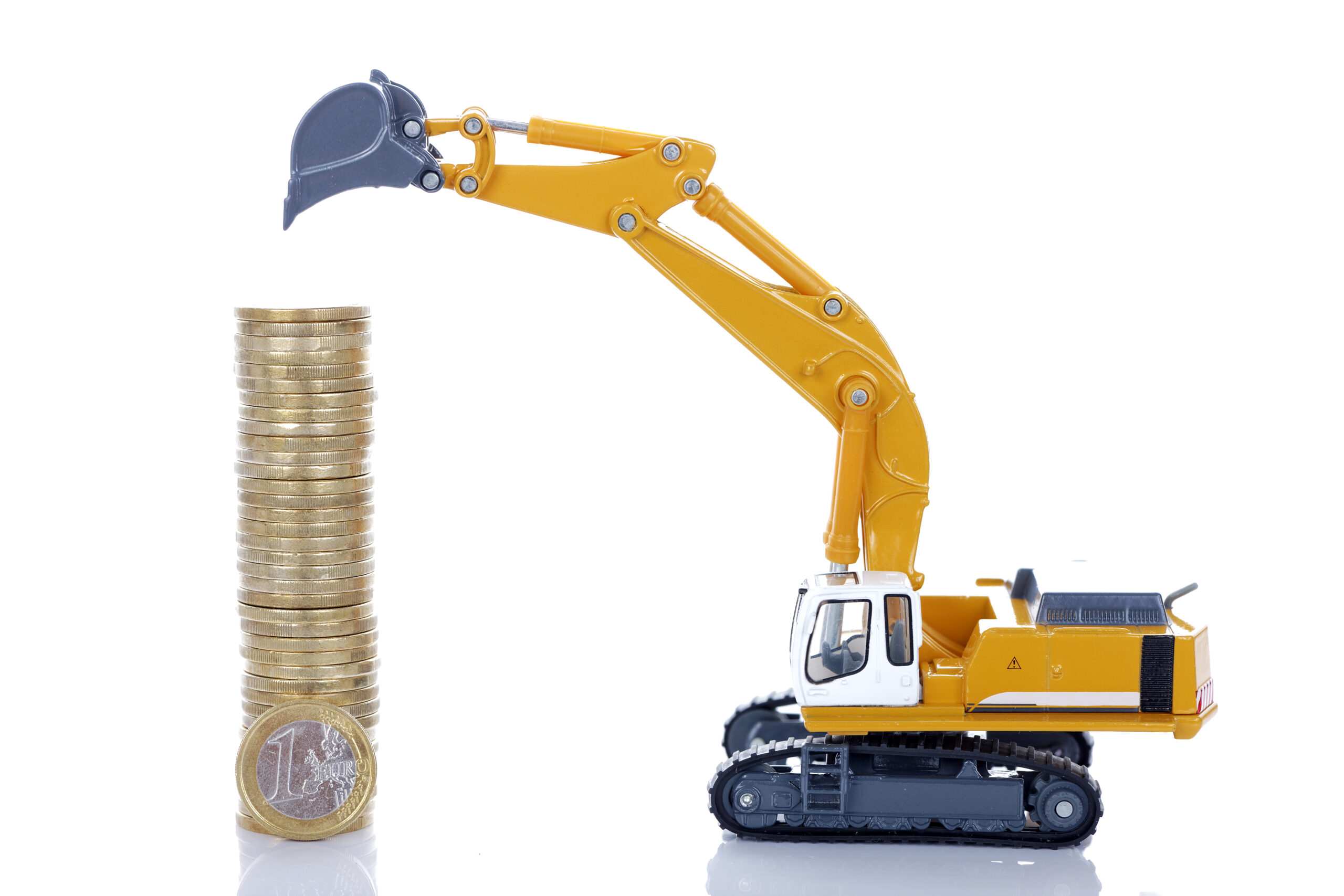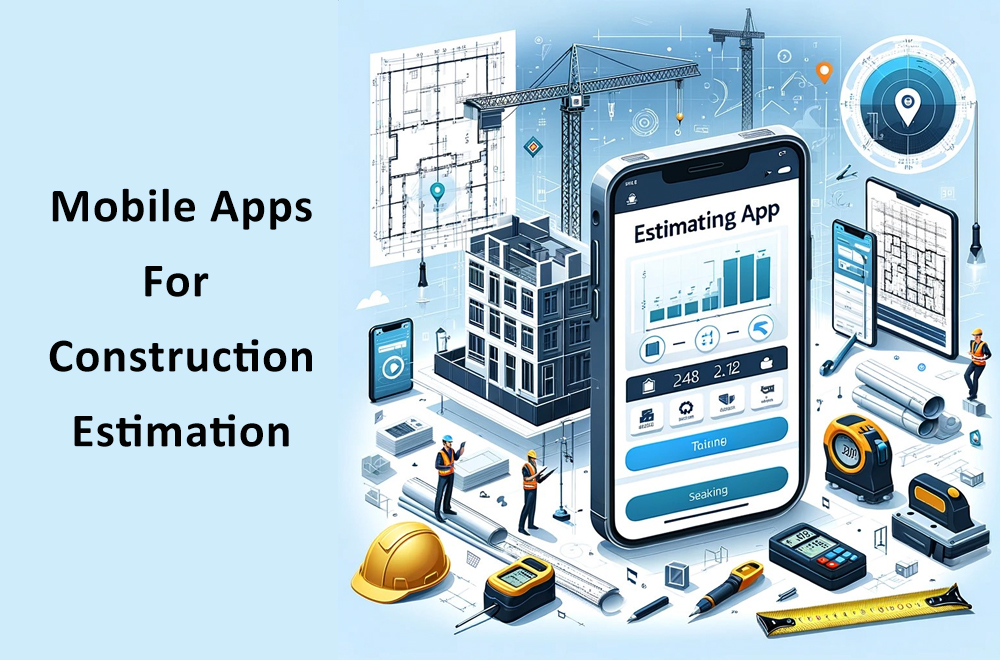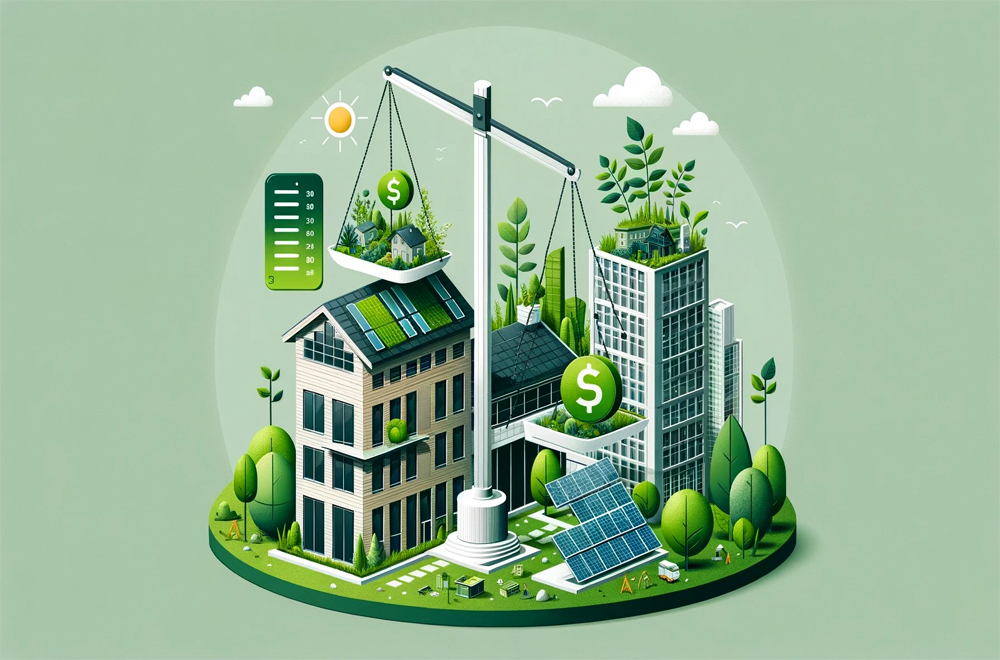A successful construction business involves many factors, a positive cash flow being the most important one. A steady stream of capital is all that you need to purchase supplies, pay workers, and ultimately, keep your business afloat. Apart from grabbing more and more projects, minimizing your construction expenses is also essential to keep your construction business out of a drowning danger. Here are ten cost-saving measures to implement that will maintain a healthy bottom line.

Table of Contents
ToggleWays to Improve The Bottom Line
1. Get Rid of Dead Inventory
Construction business owners work towards increasing the profit margin bit by bit depending on the type of projects that they undertake. Out of many things that matter, taking into account the dead inventory is an essential element. As a contractor, consider these aspects to get rid of the dead inventory so that you can look towards earning more profits.
- Sell away large items: with an experience of seeing warehouses, we now know what is essential there and what should be kept out. We often discuss financials with our clients, and to our surprise, they have dollars of inventory stocked up in the warehouse. The challenge then becomes to know the worth of each item and plan their discard and use. Here is a way; segregate the inventory parts and pieces into the ones that are used in daily business and the ones that are not. You will then know how much is your ‘dead inventory.’ Sell off the larger items and turn them into cash and credit. Ask your supplier if he can take a part of the inventory back.
- Take tax deduction for scaped items: scrap is sitting right in your warehouse as bins, boxes stacked on shelves, wood or metal pieces kept tucked inside storage boxes, etc. This scrap becomes unusable over time. Allocate time and energy to find significant ways to use this scrap or find out ways to get tax deduction for the scraped items.
Think about adding modest growth and focusing on increasing overall profit by 3-5%. This combination of manageable growth and increased efficiencies is often sustainable for several years. Profitability increases not by how much money you make and keep but by how much you sell and perform.
2. Find Areas to Cut Waste
Every construction business involves some waste of time, money, and resources. As a company, you must have solid processes and procedures to cut down waste from all aspects of your organization. Cutting down on waste automatically enhances profit; it can be done by:
- A company-wide agenda to cut waste: find areas, educate employees to find areas where waste can be minimized, especially the sort that saves money. As an organization, you might not be able to overcome all challenges right away, but you can do so gradually by prioritizing what will have the most impact on the bottom line. Safety should take precedence over everything.
- Make solid procedures to save waste: take up new initiatives to improve areas that can provide safety and save waste. These procedures will add up to long-term savings, lowering insurance premiums for worker’s compensation and liability coverage.
3. Consider Alternatives When Buying Equipment
Equipment is the lifelines for your contracting business, and contractors think of buying the best possible tools and equipment to build the best sites. However, buying high-quality products can burn a hole in your pocket. To improve the bottom line, one must think twice before buying something new. The following tips can help:
- Take on lease: taking equipment on a lease will always be a better option than purchasing a new one. Leasing will be less capital-intensive than buying equipment, and it may be easier to qualify for compared to financing. If your niche involves replacing equipment regularly, leasing can be more cost-efficient than getting a loan every time and piling up debt.
- Consider secondhand equipment: small steps go a long way to increase profit in your construction business. Invest in used equipment, rather than buying new ones. Secondhand equipment can come at a better price than new ones and still deliver the same results, given it is in good condition.
Leverage existing equipment to increase cash flow. Also, consider selling vehicles or equipment in hand that is no longer in use. This way, you can use the capital to strengthen your bottom line.
4. Consolidate High-interest Business Debt
- Roll multiple loans in a single loan with a lower interest rate
Short term small business loans bolster working capital flow. Take long-term loans to invest in growth, making that debt less expensive. Such loans are a benefit to your construction business’s bottom line.
Rolling multiple loans into a single loan with a lower interest rate results in paying less interest over the life of the total loan. Multiple loans are difficult to keep up with. Combining loans makes it easy to keep up with loan payments each month, making accounting less stressful.
5. Take Advantage of Tax Breaks
Increasing the bottom line or profitability in the construction business involves the right knowledge of tax deductions and credits. Tax deductions and credits can help to offset some of your construction business expenses. For example, the 20 percent pass-through deduction allows qualifying sub-contractors whose businesses operate as pass-through entities to deduct 20 percent of their income right off the top.
There are a few other commonly deducted expenses for contractors like:
● Marketing costs
● Interest paid on small business loans.
● Equipment purchases
● Travel expenses
To take benefits of tax deductions, identify your workers correctly as employees or independent contractors.
6. Automate the Process
Automation reduces manual efforts, the labor required, the time, and hence the expenses. Streamlining time-consuming processes lowers the everyday cost and improves the bottom line. You could automate payroll, budgeting, and accounting or the method you use to submit project proposals. If these processes run on autopilot, it lowers administrative costs and minimizes the possibility of error.
7. Buy in bulk
Buying in bulk reduces waste, lowers expenses, and offers the lowest per-unit price possible, all of them adding up to improving the bottom line. Ask vendors and suppliers for a discount. They will be interested in supplying items to you if you are placing larger than usual orders. Make sure you have a plan to use these materials so that no money is wasted. Calculate the potential return on the investments made for any purchase, materials for your construction project.
8. Eliminate Money Leaks
Contractors set up a budget at the beginning of a project. But plans might change, the budget might increase or decrease depending on the project requirements. Therefore, review your monthly budget for your construction expenses line-by-line to see if there are any recurring expenses you may be able to do without.
Certain businesses are susceptible to seasonal swings. It is a good idea to review your budget again when the season slows down to analyze what you can cut to prevent losses. For example, reduce the number of laborers, lower the ad budget, etc., to stay strong with cash flow until business picks up again.
9. Negotiate Terms With Vendors and Suppliers
As the business gains popularity, as there are more projects in hand, vendors begin to know you, and you have to fix vendors for particular things. It then becomes easy to ask the vendors and suppliers for a better deal on material costs or interest rates for vendor tradelines. Getting a good deal from vendors depends upon how well is your relationship with them. Working with the same vendor for several years, paying invoices on time are a few things that help build better relations with vendors, giving better discounts.
10. Go Digital
Managing the backend of your business requires a lot of time and money. Old school systems, paper works might not be the right choice when trying to expand the business and cut down on costs at the same time. It is time to go digital, create time cards, and work more efficiently with modern technologies at your service.
Leverage the advantage of the cloud, where you can keep the paperwork centralized. Skip the expense of purchasing in-house servers and licenses, as well as the ongoing maintenance costs required to back up your data. Use a cloud-based document management system to make the access of documents easy from any location, be it at the comfort of your home or at the construction site.
Digitizing time cards save costs, increases the productivity of your workers, and enhances efficiency. Digitization helps in getting projects done faster and increasing overall profitability in the process.






